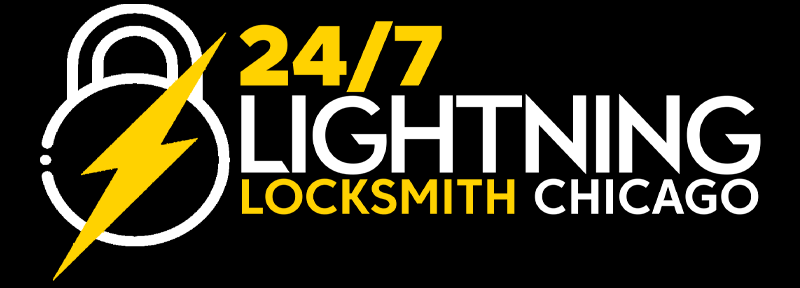In the current landscape of heightened security concerns, businesses are increasingly turning to access control systems as a means to safeguard their premises, data, and personnel. These systems, sophisticated in their functionality, offer not just security but also a way to streamline operations and increase efficiency. This comprehensive guide delves into the essential considerations businesses must navigate when adding or upgrading an access control system, ensuring a robust, effective security framework.
Understanding Your Security Needs
The first step in implementing an access control system is a thorough assessment of your business’s specific security needs. This involves identifying vulnerable points, understanding the flow of people across your premises, and recognizing the varying levels of security required for different areas. A detailed risk assessment can help tailor the access control solution to address the unique challenges and threats your business faces.
Types of Access Control Systems
Access control systems come in various forms, from simple electronic keypads to sophisticated biometric systems. Each type offers different levels of security and convenience:
- Discretionary Access Control (DAC): Allows the owner full control over who has access.
- Mandatory Access Control (MAC): Highly secure and controlled, often used in government or military settings.
- Role-Based Access Control (RBAC): Access is granted based on the role within the organization, simplifying management.
Technology Integration and Compatibility
In today’s interconnected world, the ability of your access control system to integrate with other security and operational systems is crucial. Compatibility with existing security cameras, alarm systems, and even HR databases for personnel management can enhance security measures and operational efficiency. Future-proofing your investment by choosing a system that can adapt to technological advancements is also vital.
Compliance and Regulatory Requirements
Businesses must adhere to a myriad of compliance and regulatory requirements, which can vary by industry and region. These may include data protection laws, privacy regulations, and specific industry standards. Ensuring that your access control system complies with these requirements is essential to avoid legal complications and protect the rights and privacy of your employees and visitors.
User Authentication Methods
The choice of user authentication method is a critical consideration, balancing security with convenience:
- Traditional Methods: Keycards and fobs are common, but can be lost or stolen.
- Biometric Systems: Offer higher security by using fingerprints, facial recognition, or iris scans, but require consideration of privacy issues.
- Mobile Access: Utilizes smartphones as credentials, offering convenience and reducing the need for physical tokens.
Scalability and Flexibility
As your business grows, your access control system should be able to scale accordingly. Consider systems that allow for easy addition of access points and users. Flexibility in setting and adjusting access permissions as your organizational structure or security needs change is also crucial.
Emergency and Evacuation Protocols
Your access control system should be designed with emergency and evacuation protocols in mind. This includes the ability to override locks for emergency access or egress and integration with fire alarm and other emergency systems to ensure a coordinated and rapid response in critical situations.
Maintenance and Support
Ongoing maintenance and support are vital to the long-term effectiveness of your access control system. This includes regular software updates, hardware maintenance, and technical support. Choosing a provider that offers comprehensive after-sales support ensures that your system remains reliable and up-to-date.
Cost Considerations
While cost should not be the primary factor in selecting an access control system, it is undoubtedly a significant consideration. This includes not only the initial investment in hardware and installation but also ongoing costs like maintenance, software subscriptions, and potential upgrades. Understanding the total cost of ownership helps make an informed decision that balances security needs with budget constraints.
Training and Awareness
The effectiveness of an access control system is partially dependent on the users’ understanding and compliance. Providing comprehensive training for staff on correct system usage, along with awareness programs on security policies and procedures, can significantly enhance system effectiveness and ensure smooth day-to-day operations.
Conclusion
Implementing an access control system is a complex but essential step in enhancing the security and efficiency of your business. By carefully considering your specific needs, compliance requirements, technological integration, and scalability, you can select a system that not only protects your assets but also supports your operational goals. As technology evolves, staying informed and adaptable will ensure that your access control system continues to meet future security challenges, safeguarding your business for years to come.

